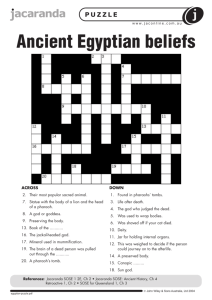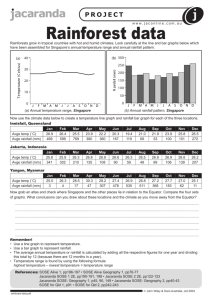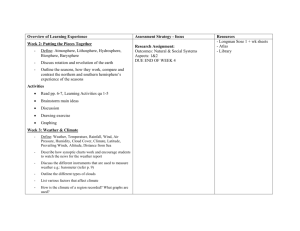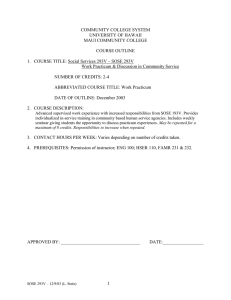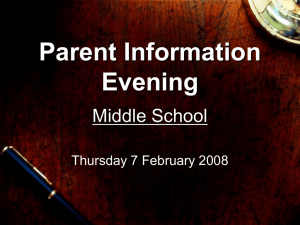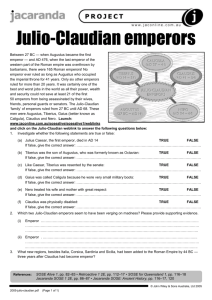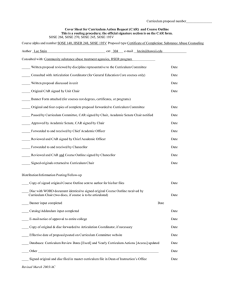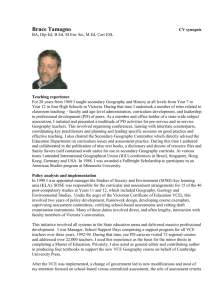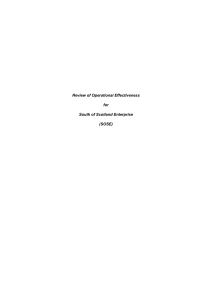Satellite images
advertisement
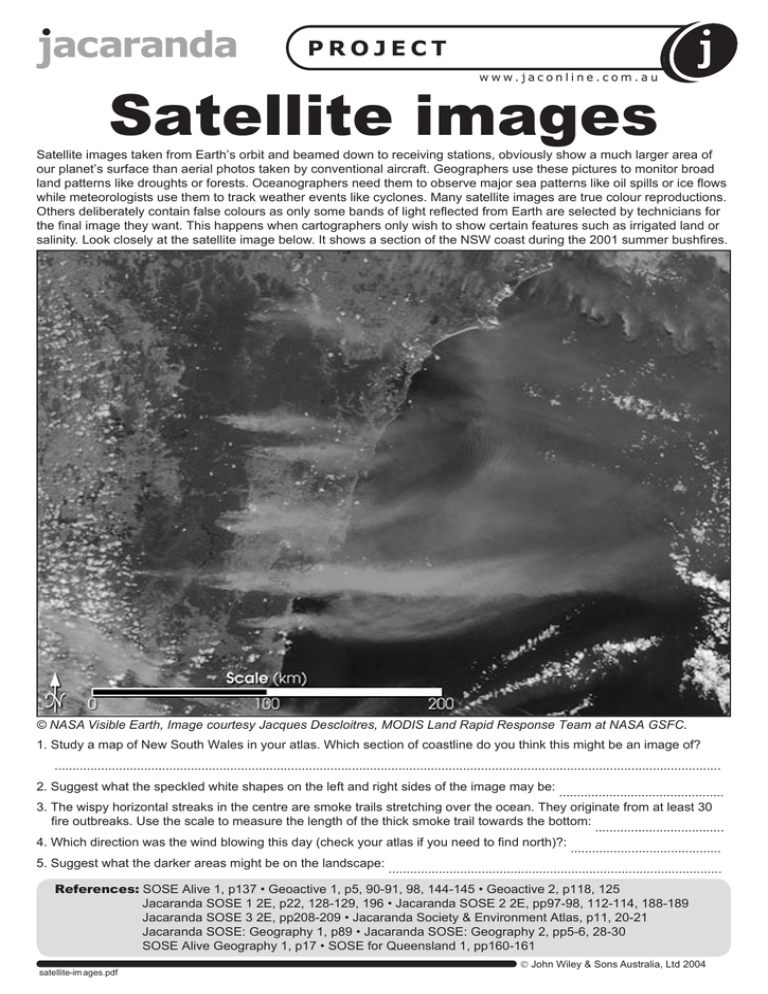
PROJECT www.jaconline.com.au Satellite images Satellite images taken from Earth’s orbit and beamed down to receiving stations, obviously show a much larger area of our planet’s surface than aerial photos taken by conventional aircraft. Geographers use these pictures to monitor broad land patterns like droughts or forests. Oceanographers need them to observe major sea patterns like oil spills or ice flows while meteorologists use them to track weather events like cyclones. Many satellite images are true colour reproductions. Others deliberately contain false colours as only some bands of light reflected from Earth are selected by technicians for the final image they want. This happens when cartographers only wish to show certain features such as irrigated land or salinity. Look closely at the satellite image below. It shows a section of the NSW coast during the 2001 summer bushfires. © NASA Visible Earth, Image courtesy Jacques Descloitres, MODIS Land Rapid Response Team at NASA GSFC. 1. Study a map of New South Wales in your atlas. Which section of coastline do you think this might be an image of? .......................................................................................................................................................................................... 2. Suggest what the speckled white shapes on the left and right sides of the image may be: .............................................. 3. The wispy horizontal streaks in the centre are smoke trails stretching over the ocean. They originate from at least 30 fire outbreaks. Use the scale to measure the length of the thick smoke trail towards the bottom: .................................... 4. Which direction was the wind blowing this day (check your atlas if you need to find north)?: .......................................... 5. Suggest what the darker areas might be on the landscape: ............................................................................................. References: SOSE Alive 1, p137 • Geoactive 1, p5, 90-91, 98, 144-145 • Geoactive 2, p118, 125 Jacaranda SOSE 1 2E, p22, 128-129, 196 • Jacaranda SOSE 2 2E, pp97-98, 112-114, 188-189 Jacaranda SOSE 3 2E, pp208-209 • Jacaranda Society & Environment Atlas, p11, 20-21 Jacaranda SOSE: Geography 1, p89 • Jacaranda SOSE: Geography 2, pp5-6, 28-30 SOSE Alive Geography 1, p17 • SOSE for Queensland 1, pp160-161 satellite-im ages.pdf John Wiley & Sons Australia, Ltd 2004
